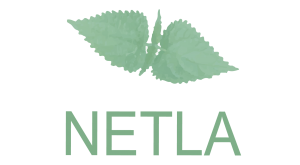Language development in the preschool years: Longitudinal study of vocabulary, grammar and listening comprehension in Icelandic children between ages four and five
Keywords:
vocabulary, grammar, listening comprehension, preschool children, longitudinal studyAbstract
Multiple studies of children learning English have confirmed the amazing speed of children’s language growth in the preschool years and its vital importance for children’s cognitive, social and emotional development as well as for future learning and literacy development. Already at this early age, however, important individual differences are consistently reported and a persistent link with the children’s parents’ education, SES and literacy practices in the home. Icelandic is a morphologically complex language spoken by a relatively homogeneous population of only 330 thousand people. Research on Icelandic children’s language development has been rather sparce and fragmentary, hampered among other things by the lack of assessment tools and funding. The longitudinal project reported on in this paper is the first of its kind in Iceland. The overall purpose was to add some pieces to the puzzle by developing assessment tools and providing up to date/research evidence of Icelandic children’s language development and the scope of individual differences between ages four and eight and investigating how these are related to various background variables, social-cognitive skills as well as to the children’s literacy development. In the present paper, the focus is on a narrow slice of the project, more precisely on the development of vocabulary, grammar and listening comprehension over the two years preceding children’s entry into elementary school. One hundred and eleven four-year-old children from eight preschools in Reykjavík participated in the study. Their average age at the beginning of the study was 55.7 months (SD=3.5), and 51% were boys. The data analyzed in this paper comes from the first two data points, when the children were four and five years old. Consistent with studies of English-speaking children, the results show that the Icelandic children made significant progress on all three language measures between ages 4 and 5. Furthermore, great individual differences appeared on all three measures already at age four with significant and stable within-age-group differences between the lowest-25%, mid-50% and the highest-25% at both data points. Significant concurrent correlations were observed between the three language measures at both ages as well as with many background variables. Thus, vocabulary significantly correlated with mothers’ education, monthly home income, number of children’s books in the home, frequency of parents’ bookreadings for the child, and whether the child lived with one or both parents. After controlling for the mother’s education and the child’s age, measures of receptive vocabulary at age four significantly predicted grammatical knowledge at age 5, and both vocabulary and grammar independently predicted the children’s listening comprehension score at age 5. In view of the far-reaching implications of vocabulary, grammatical skills and listening comprehension for later reading comprehension and for children’s learning and development in general, the results underline the importance of early identification and appropriate measures/intervention for Icelandic children at risk already before age four.
